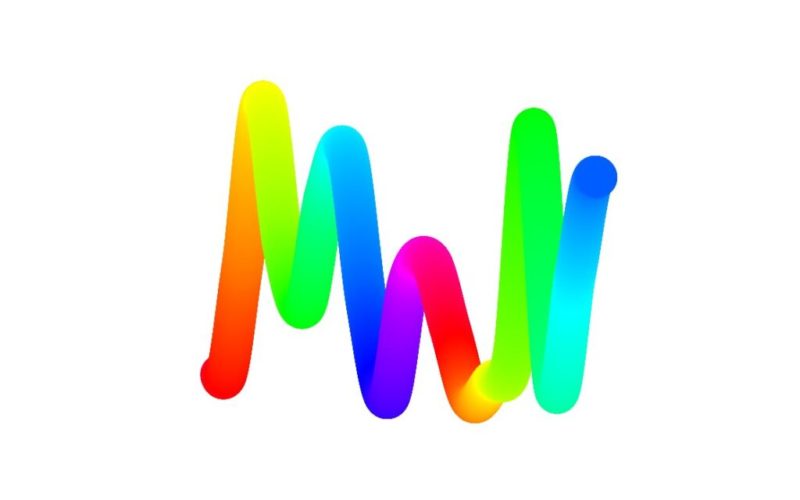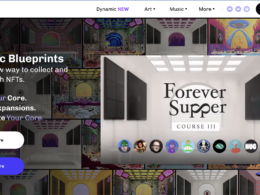Introduction
Generative art is an evolving facet of contemporary art that employs algorithms and computational processes to create pieces that are both aesthetically pleasing and intellectually stimulating. Whether realized through software code, artificial intelligence, or mechanical systems, generative art represents a significant shift in artistic creation and ownership. Its influence is especially notable in the burgeoning realm of Non-Fungible Tokens (NFTs), where it has become a powerful force driving both valuation and innovation.
What is Generative Art?
Generative art refers to art that is primarily created through autonomous systems. Artists write algorithms or code that operate within defined parameters to produce unique, often unpredictable, artistic outputs. Unlike traditional art, where the artist has direct control over the medium, generative art involves surrendering a level of control to a set of mathematical rules or computations.
The use of randomness within these algorithms allows for a virtually endless array of results, making each generated piece distinct. Essentially, the artist creates a process rather than a final product. This opens up an uncharted landscape of creative possibilities and challenges our preconceptions about the definition of art itself.
Importance in the Traditional Art World
Generative art challenges the established norms in the art community by raising questions about artistic intent, originality, and the role of the creator. Its rise has instigated debates on what qualifies as “art,” pushing the boundaries of what is considered traditionally acceptable or valuable.
Additionally, it opens doors for interdisciplinary collaborations. Artists team up with computer scientists, mathematicians, and engineers to bring complex concepts to life. This melding of art and science creates a dynamic ecosystem where both fields can flourish, leading to more innovative and conceptually challenging works.
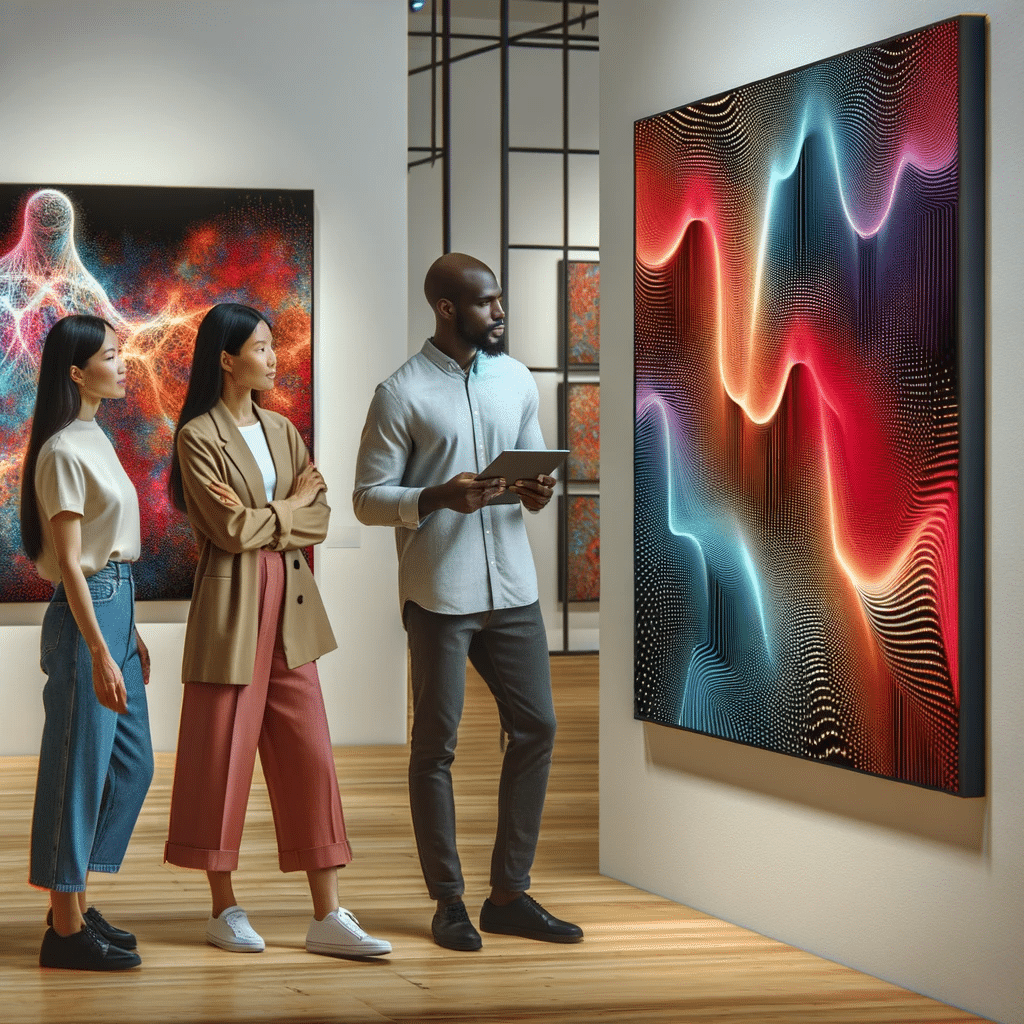
The Impact on NFTs
The importance of generative art gains a new dimension in the context of NFTs. NFTs are blockchain-based digital assets that represent ownership or proof of authenticity for unique items or content. The marriage between generative art and NFTs is a match made in digital heaven. The immutable and transparent nature of blockchain technology ensures the provenance of generative artworks, enhancing their credibility and value.
Uniqueness and Rarity
The algorithmic randomness in generative art guarantees that no two pieces are identical. This aligns perfectly with the fundamental principles of NFTs, which thrive on uniqueness and rarity.
Programmability
NFTs can include smart contracts that stipulate terms like royalties for artists. Generative art can be programmed to evolve over time or react to certain conditions, adding layers of interactivity and complexity.
Community Engagement
The NFT space is a community-driven market. Generative art projects often involve community input, either in the creation process or in determining certain traits of the artwork, thereby increasing user engagement.
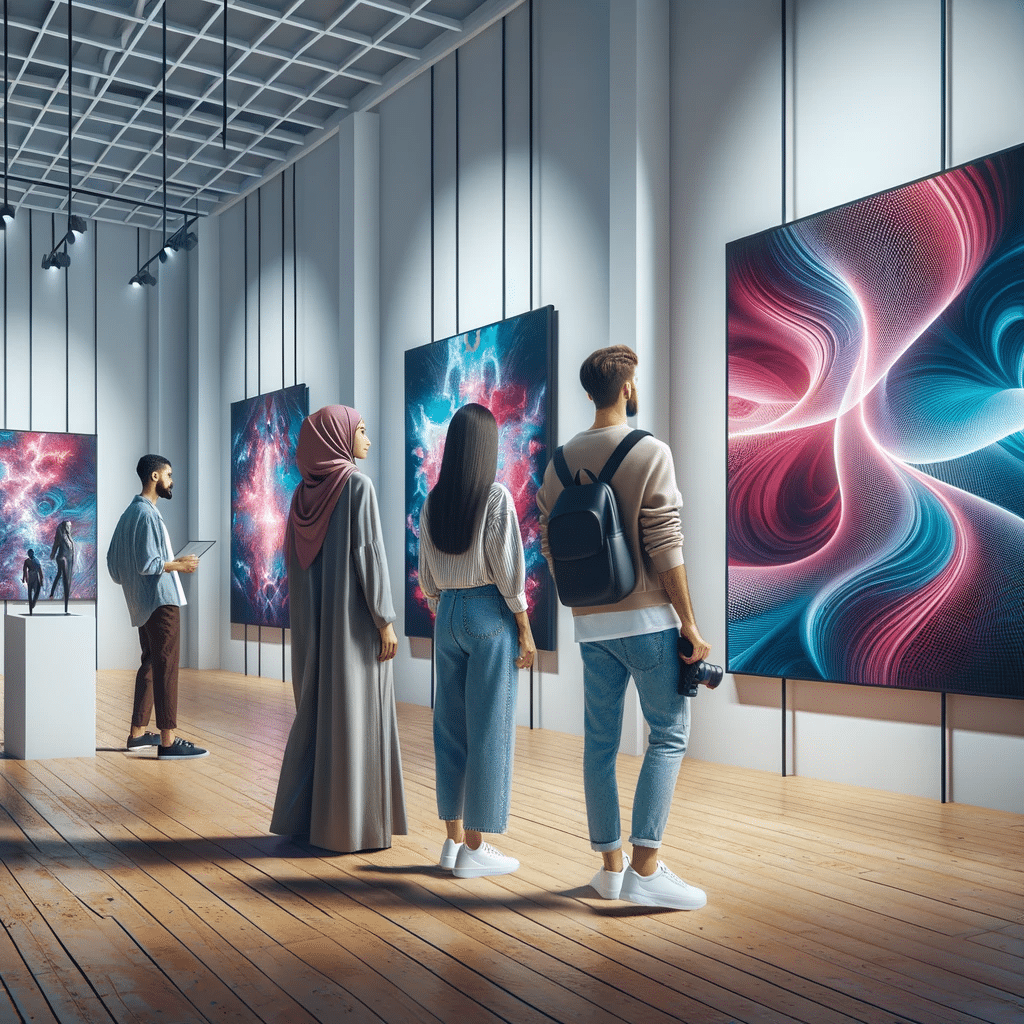
Investment Potential
The unique, programmable, and community-driven aspects of generative art make it highly attractive for NFT collectors, elevating its investment potential compared to other forms of digital art.
Conclusion
Generative art is more than just a fusion of art and technology; it’s a revolutionary approach that is reshaping our understanding of artistic creation and ownership. Its impact is magnified in the world of NFTs, where it finds both a technological and economic framework to thrive. As we continue to explore the limitless possibilities of this form of art, one thing is clear: coded art has permanently altered the landscape of both traditional art and digital assets, marking its importance in both worlds.


